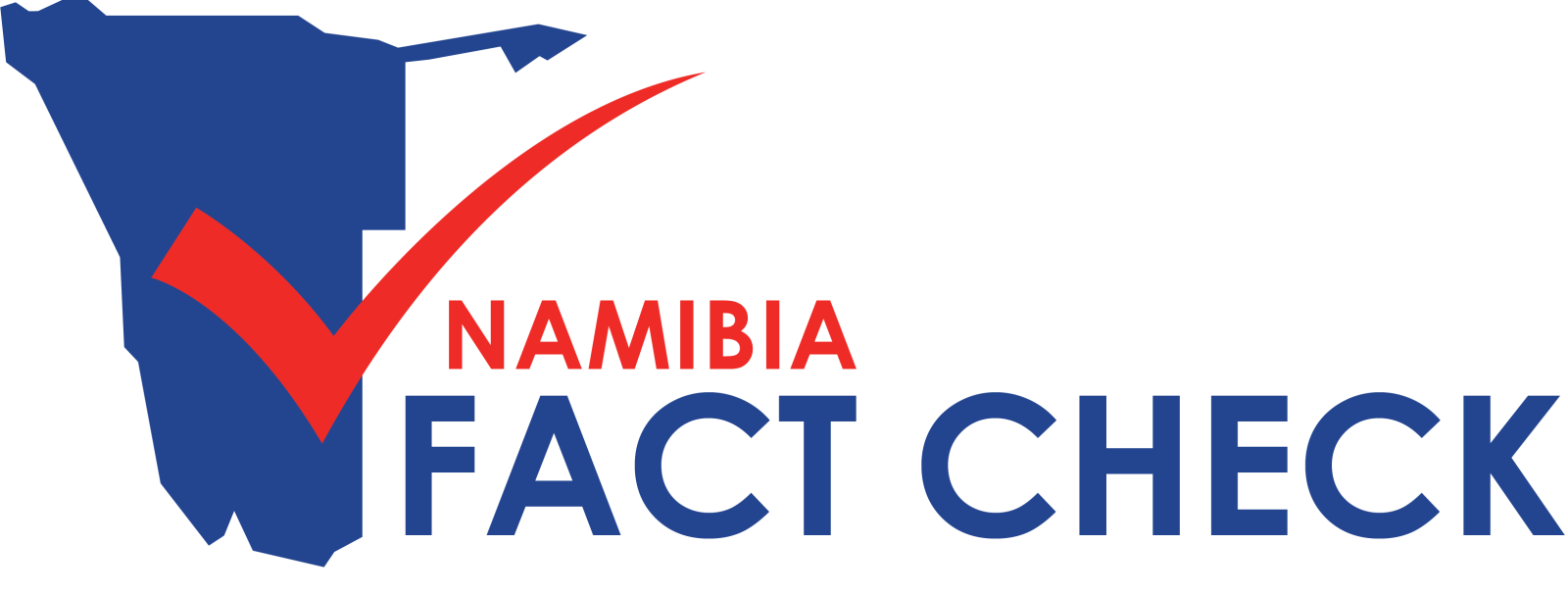IMAGE: Generated by Microsoft Copilot
Those who spread mis- / disinformation and propaganda use a variety of approaches and tactics to sow confusion. Here’s how to see them through the fog of fake
Tactics and approaches of disinformation peddlers that have been identified in other countries and regions of the world are also becoming visible on Namibian news and information landscapes and in social media spaces.
Who are the ‘bad guys’?
In a 2022 multi-country African study, titled Disinformation Pathways and Effects, the Collaboration on International ICT Policy for East and Southern Africa (CIPESA), found the following:
- “The main disinformation instigators are political actors including governments, ruling parties and opposition parties, while key spreaders are social media “gurus” or digital “influencers” that are often paid to create or spread disinformation.
- “In the countries studied, governments have weaponised disinformation laws to silence critical voices. Rather than serving to counter the ills of disinformation, related laws have in most cases been used to target political critics while government officials complicit in promoting disinformation are protected.”
That said, the CIPESA and other studies have found that the ‘bad guys’ can be a range of actors, depending on the context, including but not limited to the following:
- Government actors;
- Political parties;
- Non-state political actors;
- Politically exposed / affiliated actors;
- Influential individuals;
- Business actors;
- Ordinary members of the public / electorate;
- Racial, ethnic, religious or sexual identity groups / actors, etc.
How do the ‘bad guys’ operate?
Well, depending on what they are motivated by, the ‘bad guys’ engage in a variety of ways to achieve their aims, such as:
- Information manipulation (using mis-/disinformation, propaganda, etc. campaigns);
- Media capture (taking over and controlling news media);
- Traditional media abuse / manipulation (placing deceptive content, intimidating, bribery, etc.);
- Social media abuse (polluting social media spaces with lies and misleading content; trolling; using bots and fake accounts, etc.);
- Influencer capture (coopting influential voices to promote narratives).
What formats or tactics do they use?
The ‘bad guys’ have a wide variety of tactics or formats that they use to engage in spreading information disorder. In the Namibian context, the following tactics have been visible:
- Fake posts and quotes;
- Fake social media accounts;
- Social media brigading, swarming and trolling;
- Visual hoaxes – fake images and videos;
- Audio hoaxes – Voice notes;
- Media impersonation / mimicking;
- Influencer messaging;
- Online trolling, brigading and swarming;
- Scams.
What exactly is it that the ‘bad guys’ do?
The ‘bad guys’ are mostly engaged in narrative laundering, especially around and during election periods. Also referred to as information laundering, narrative laundering has three (3) phases or steps, namely:
- Placement;
- Layering; and
- Integration.
To be clear, according to a 24 July 2024 article posted online by the International Consortium of Investigative Journalists (ICIJ), these three phases can be defined as follows:
- Placement refers to where the story first appears once it’s created — for example, videos uploaded to YouTube or social media;
- Layering, the second step, is the process of obscuring the source of the fake story: paying to place it in news outlets, sharing via bot social media accounts or state-affiliated influencers, and publishing on fake news websites made to look like legitimate outlets;
- Integration is the final step, when the misinformation gets picked up by genuine voices, and integrated into mainstream discourse.
But, what’s the aim of the ‘bad guys’, you ask?
Simply put, the aim of the ‘bad guys’ is information pollution in order to undermine trust in authority, expertise and institutions, social cohesion, rational decision-making and to incite divisions, and even hate and political violence.
What can be done to stop them?
Information disorder researchers have pointed to a number and variety of interventions to counter the ‘bad guys’. These include, but are not limited to, the following proposals or recommendations:
- Media and information literacy programmes and campaigns;
- Civic and political literacy programmes and campaigns;
- Fact checking and verification initiatives;
- Collaborations among various stakeholders, especially during election periods;
- Expanded access to information and media freedoms;
- Regulating social media platforms; etc.
This guide is meant to contribute to inoculation efforts against the activities of the ‘bad guys’. Please read the source material for deeper understanding of the issues discussed here and more information on how to deal with what the ‘bad guys’ are sowing.

